PPT-Investigating the Performance of Hardware Transactions on a
Author : chiquity | Published Date : 2020-06-26
Multisocket Machine Trevor Brown University of Toronto Joint work with Alex Kogan Yossi Lev and Victor Luchangco Oracle Labs Problem Large multisocket machines
Presentation Embed Code
Download Presentation
Download Presentation The PPT/PDF document "Investigating the Performance of Hardwar..." is the property of its rightful owner. Permission is granted to download and print the materials on this website for personal, non-commercial use only, and to display it on your personal computer provided you do not modify the materials and that you retain all copyright notices contained in the materials. By downloading content from our website, you accept the terms of this agreement.
Investigating the Performance of Hardware Transactions on a: Transcript
Download Rules Of Document
"Investigating the Performance of Hardware Transactions on a"The content belongs to its owner. You may download and print it for personal use, without modification, and keep all copyright notices. By downloading, you agree to these terms.
Related Documents

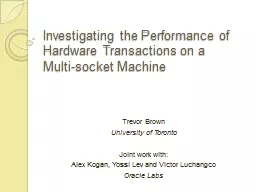

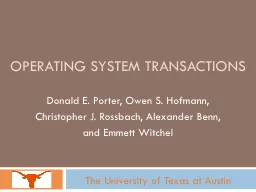

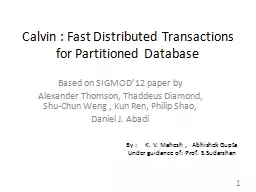
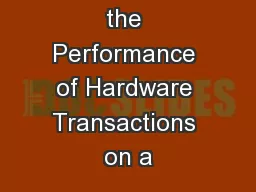






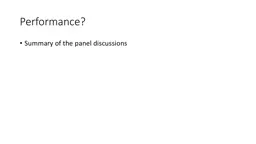
![[PDF] DOWNLOAD Private Investigating Study Guide: Private Investigator Training Handbook](https://thumbs.docslides.com/1019110/pdf-download-private-investigating-study-guide-private-investigator-training-handbook-and.jpg)